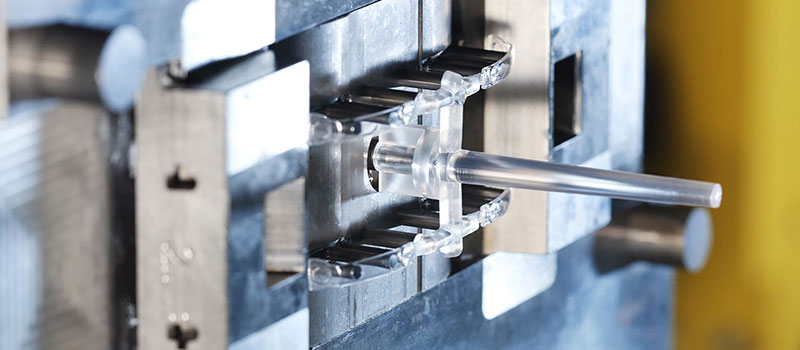
When someone comes to you with a new idea and wants you to create the injection mold for the new part, what do you do? Once you discuss the part’s function, the resin needed, and the surface finish, you can begin the design.
There are several little things you must consider. Keep reading to ensure the molded parts Boonton NJ meets your needs and specifications.
The Surface Finish
The surface finish has several functions that go beyond being visually appealing. Before selecting the final surface finish, you will use, it is a good idea to determine the class of mold you need. This is going to be determined by production volume and what material is being used for the mold.
Steel molds are harder than aluminum and provide more surface finish options. Steel can also be polished and smoother.
Consider the Uniformity of the Parts
Injection molding involves forcing liquid resin into two halves of a mold. Any types of changes or restrictions in the thicknesses of the parts may impact the flow. This can have other types of negative effects in the future. The best option is to maintain a constant thickness as much as possible. Try to keep it around two to three millimeters. Never design with under one millimeter or over four millimeters. All this will do is create more problems for you.
Add Drafting to the Parts
Drafting or adding a new draft angle will allow the parts to be released from the injection mold. It is important to set specific minimums to ensure that the parts will release from your mold without prying them out.
When working with injection molding, be sure to keep the information here in mind. This will help ensure you achieve the desired effects and minimize any issues that may occur otherwise.

